
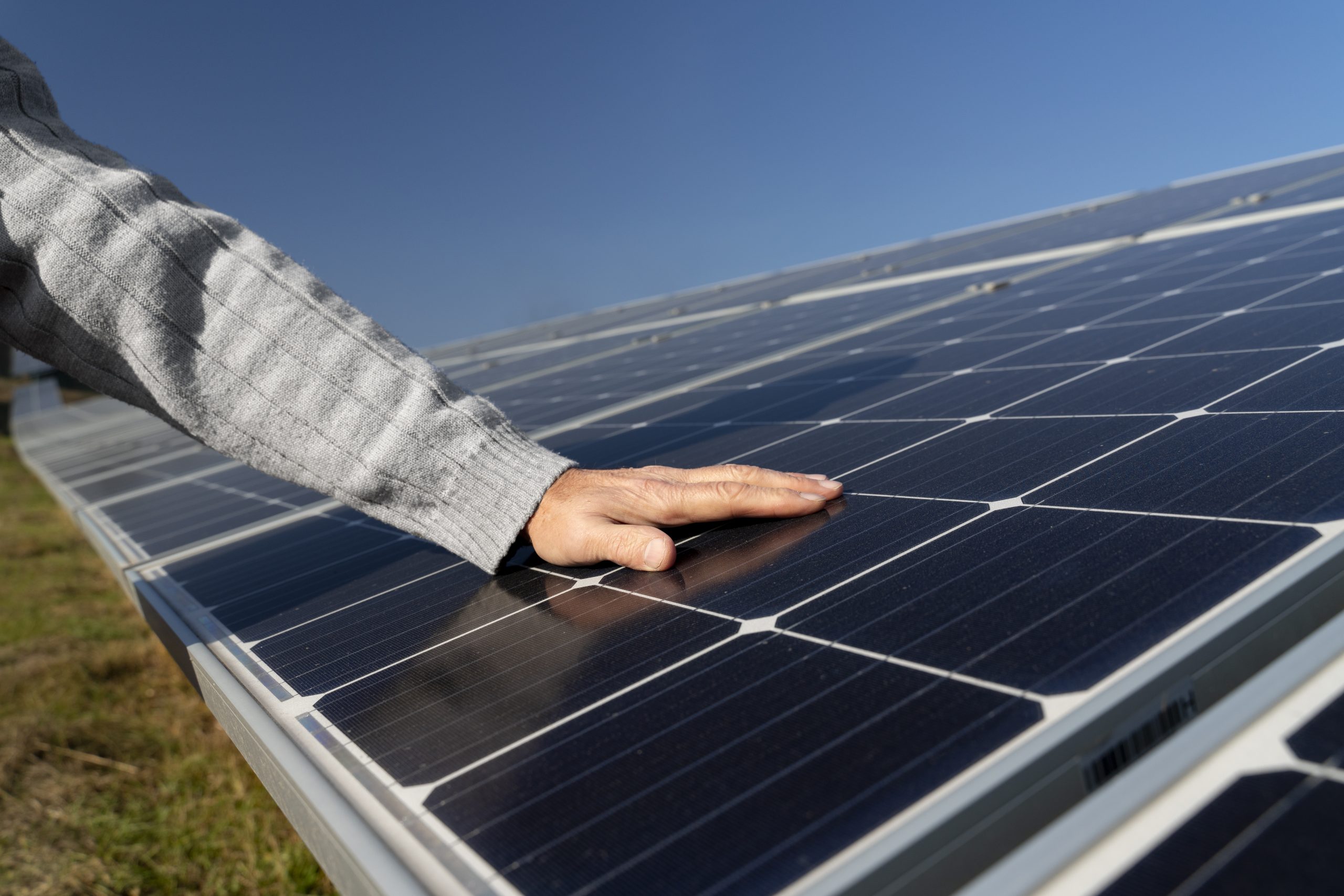


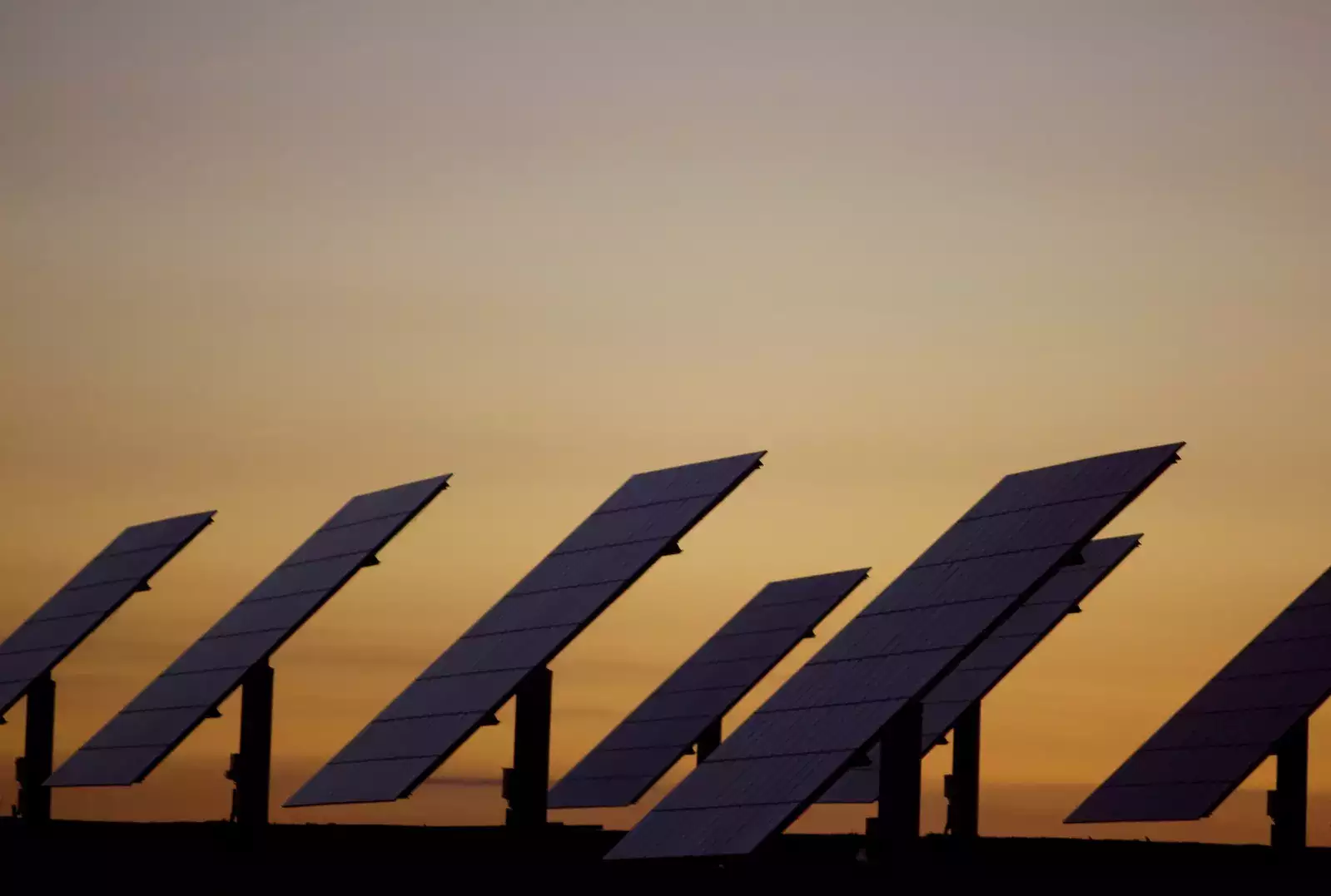
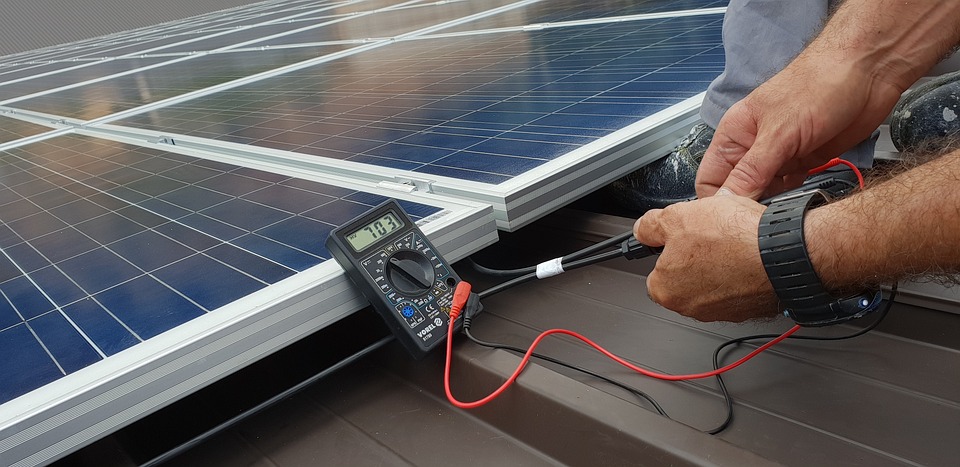
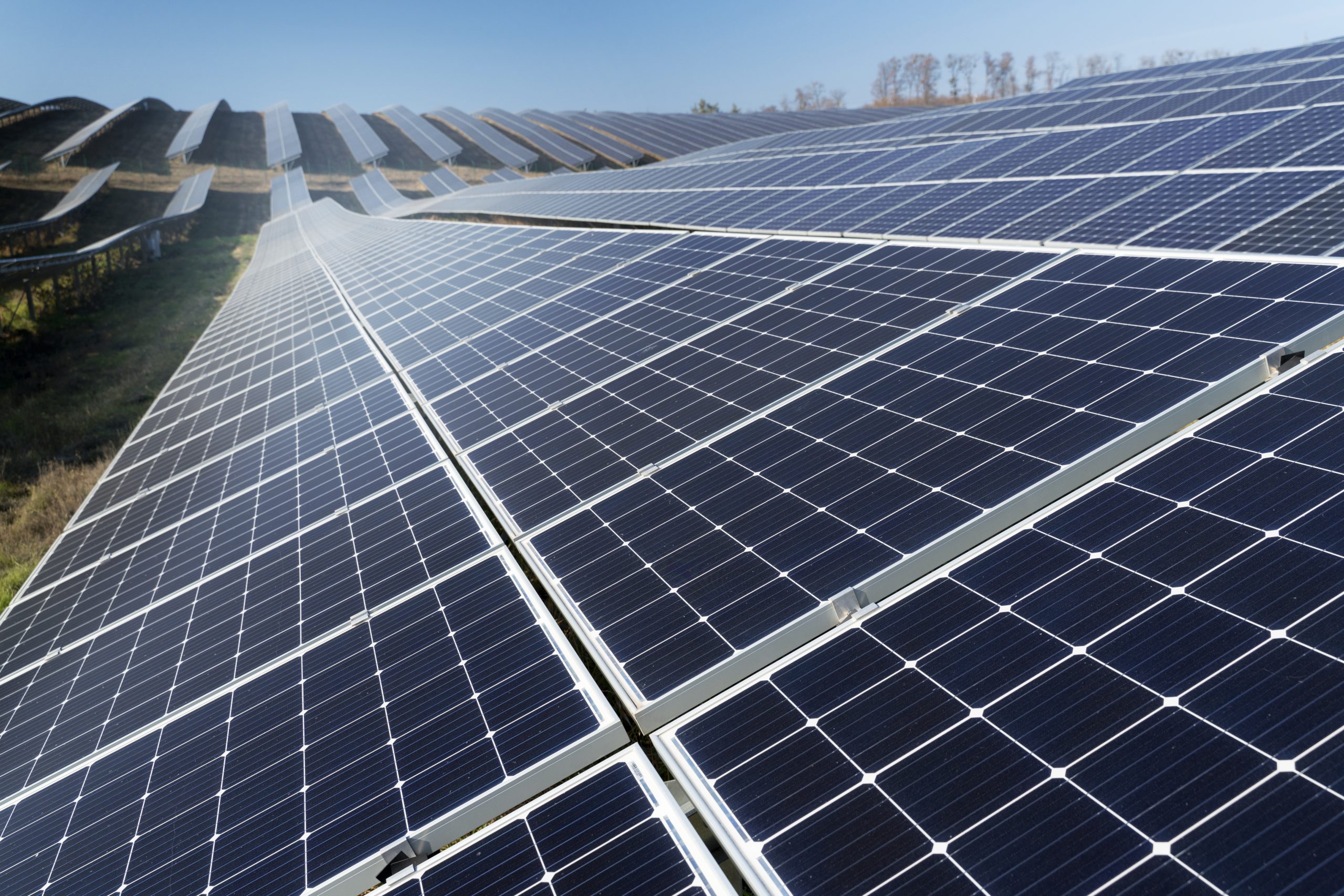
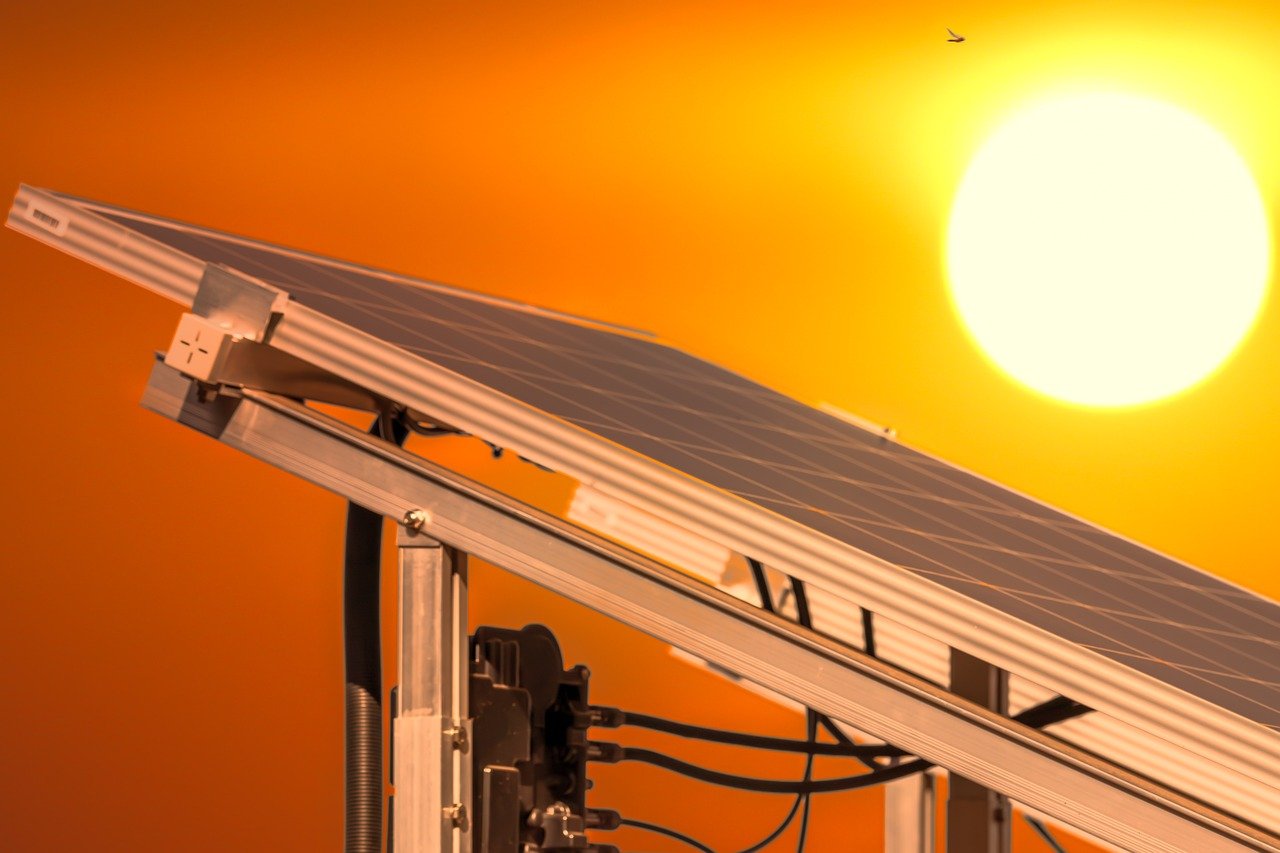

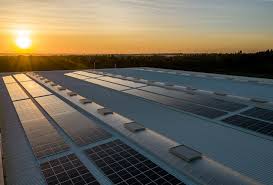
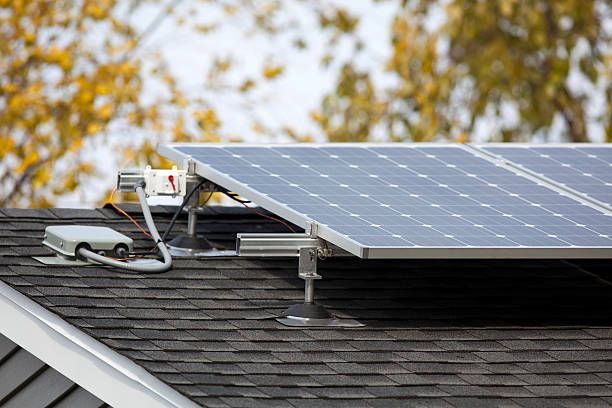
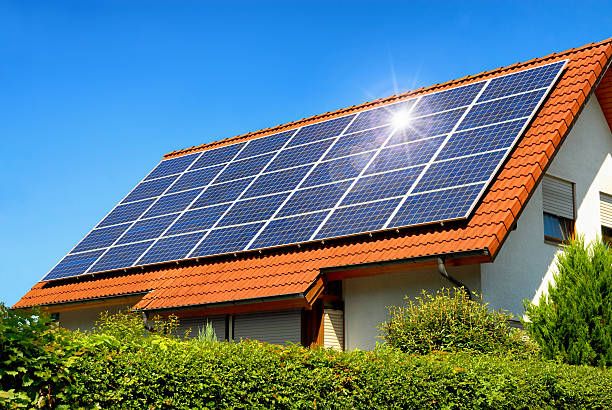
Because of the steep decline in panel costs and the growth in the efficiency of these systems, solar plants have swiftly become one of the fastest-growing sources of renewable energy in many regions of the world. However, these rooftop solar projects are built on exposed rooftops, so they are vulnerable to lightning strikes, particularly in India’s high-lightning-prone cities. A lightning arrestor will help you in such a situation!
Surge protectors and lightning arrestors are devices that absorb electrical surges to protect electronic equipment. These gadgets, however, are not a substitute for proper grounding. They’re only useful if you’ve got a good grounding system in place. The grounding system is an essential component of your electrical system. Install it before or during the installation of the power wire. Otherwise, this critical component may never be checked off the “to do” list after the system is up and running.
A lightning arrestor or surge diverter is a device that is used to safeguard the equipment at substations from waves. In other words, a lightning arrestor directs abnormally high voltage to the ground while maintaining power supply continuity. It is connected between the line and the earth, in tandem with the equipment at the substation that needs to be safeguarded.
Typically, arrestors are placed near vital appliances or points of access, such as an electrical panel or a generator. When potential deadly lightning strikes, the arrestor activates and directs the bolt to the earth, where it will safely disperse.
It’s vital to understand that a lightning arrestor does not prevent lightning from striking, as this would be deadly. It does limit and moderate the electrical charge but is diverted, as it provides a safe route for lightning to travel rather than passing through your important electrical gadgets. You could think of it as a detour for harmful electricity, which isn’t too far off the mark.
Arrestors are a whole-house lightning protection system that helps to reduce the chance of damage dramatically. Something we can all be grateful for where hurricanes sometimes get a little out of hand. When a traveling wave approaches the arrestor, it flashes over at a predetermined voltage. Between the line and the ground, the arrestor offers a conducting channel for low-impedance waves. The line’s surge impedance limits the amount of current that can go to the ground.
The lightning arrestor provides a low-impedance path when the traveling surge hits the surge diverter. The equipment’s insulation can be protected if the voltage and current at the diverter terminal have a certain form.
You might ask, “What is a lighting arrestor?” Let’s find out!
A lightning arrestor is a circuit that is protected from lightning strikes through a protection device. Lightning strikes are nothing more than surges with high transient voltage, isolation arcs, sparks, and surge currents caused by lightning. These devices are used to protect electrical systems by redirecting excessive voltage surges to the ground. These electrical systems and overhead wires can also be shielded from direct lightning strikes by using ground wire or earthing.
Lightning arrestor working is quite complex. There are various kinds of lightning arrestors that help in making the process simpler. Different types of lightning arrestors can be found in the market. The design of the arrestors varies by kind, but the principle of functioning is the same. Surges traveling towards the ground can use it as a low-resistance route. The different types are as follows:
This arrestor is made up of two horn-shaped metal rods, as the name suggests. These metal rods can be arranged to fit around a small air gap. Since the spacing between these two rods widens, the distance between them can be increased. Ceramic insulators support the metal rods.
The horn can be connected by attaching it to two wires that are not the same. A resistance and choke coil can be used to connect one side of the horn to the line while the other is effectively grounded.
These arrestors are made up of a series of metal cylinders that are insulated and separated by air gaps. The first cylinder in the sequence is linked to the electrical line, while the other cylinders are connected to the ground through resistance. Shunt resistance is present in some spaces between cylinders, which captures a surge when there is a voltage surplus. The cylinders are:
These kinds of arrestors are suitable for high-powered electrical systems. These devices are made up of two basic components: a series of spark gaps and a series of non-linear resistor discs.
Glass tubes packed with lead pellets can be used to create these arrestors. These are completed with a lead peroxide coating on the inside and lead oxide on the outside.
Read also: How to maintain a solar plant during a solar eclipse?
There are several advantages and disadvantages of lightning arrestors when it comes to the uses of lightning arrestors. Let’s go through them:
If you are thinking of saving power by installing a solar power plant on your property, refer to the services provided by Waaree. The company provides the best products and services at a very reasonable and affordable price, India’s largest Solar Power Plants manufacturer. It’s a huge investment and needs to be done with care, that’s why it is advisable to avail the best services of Waaree.
Waaree Group was created in 1989 and is headquartered in Mumbai, India. With over 2500 workers worldwide, Waaree is both a leading global manufacturer of solar PV modules and a provider of solar energy solutions. Waaree presently has the largest solar panel module manufacturing facility in India, with a capacity of 2 GW.
You can also read: What is Solar Net Metering and How Does it Work?